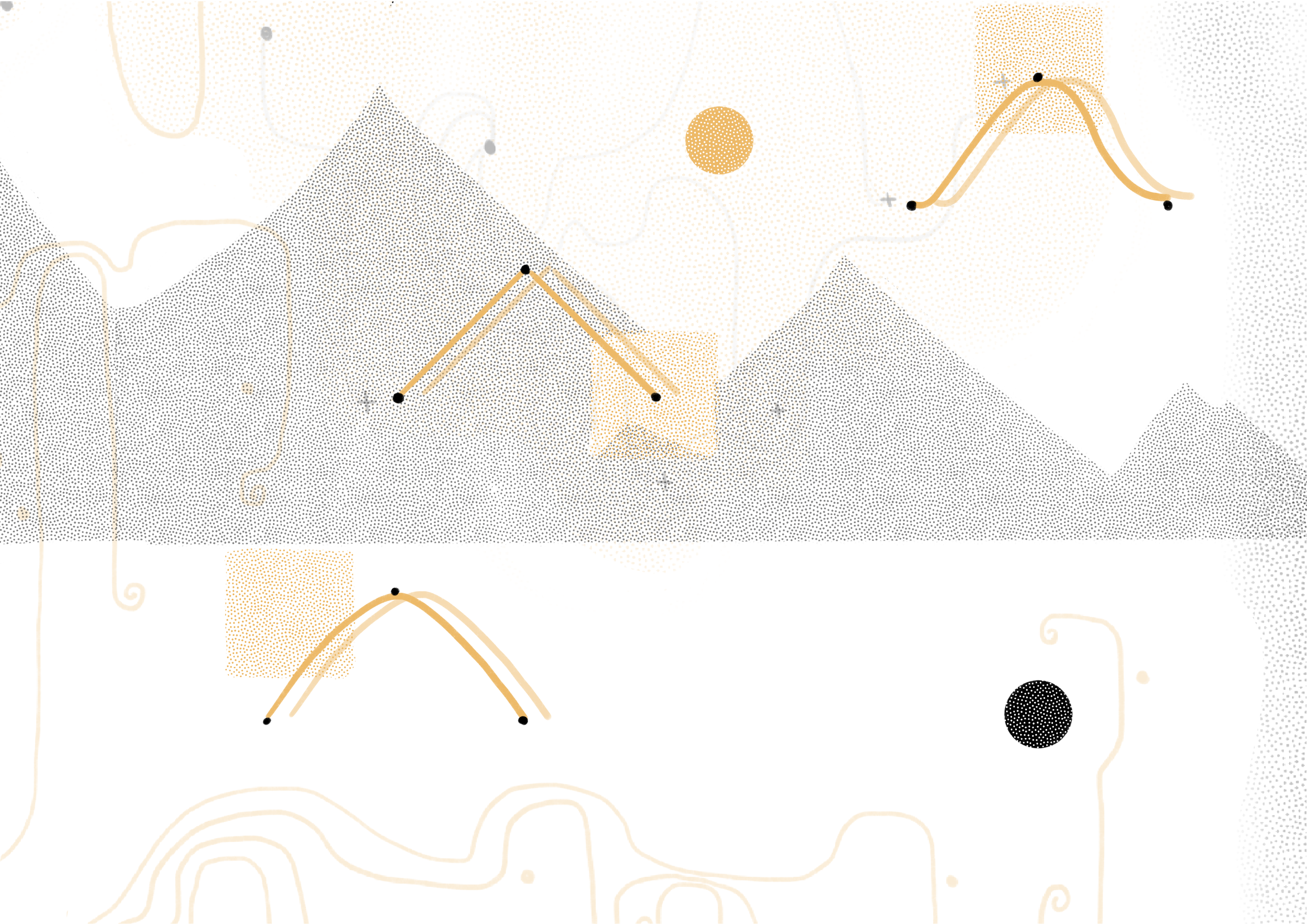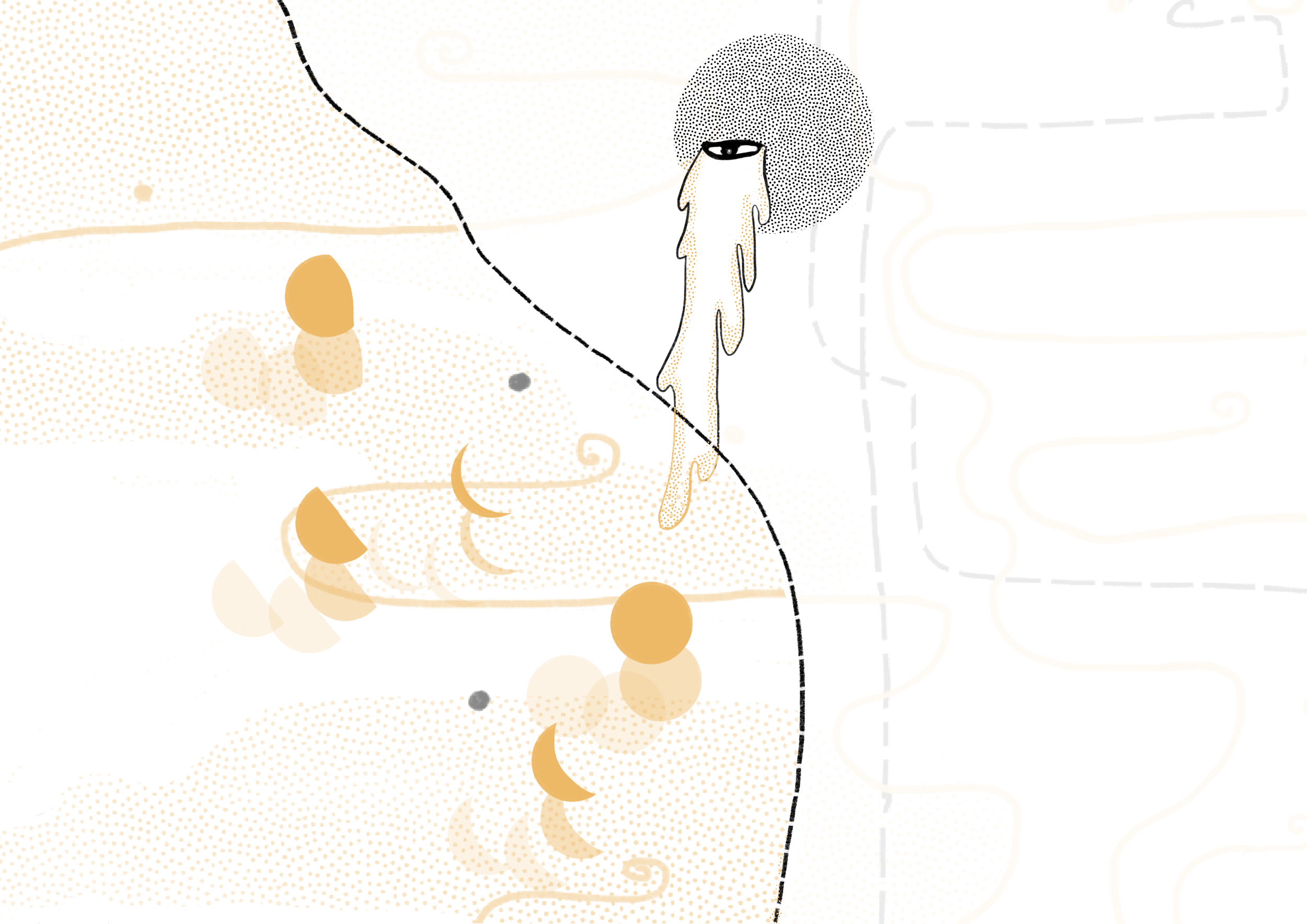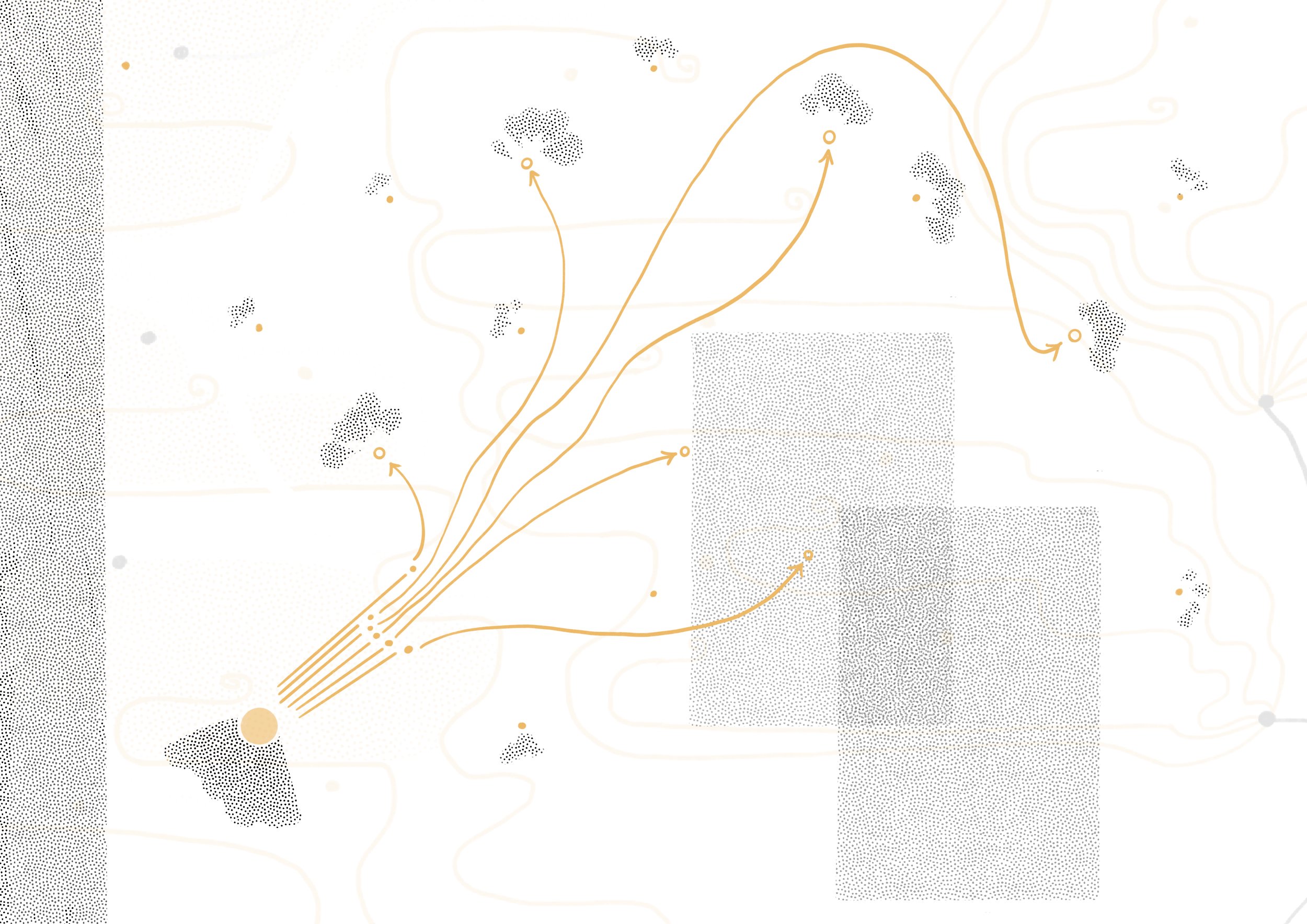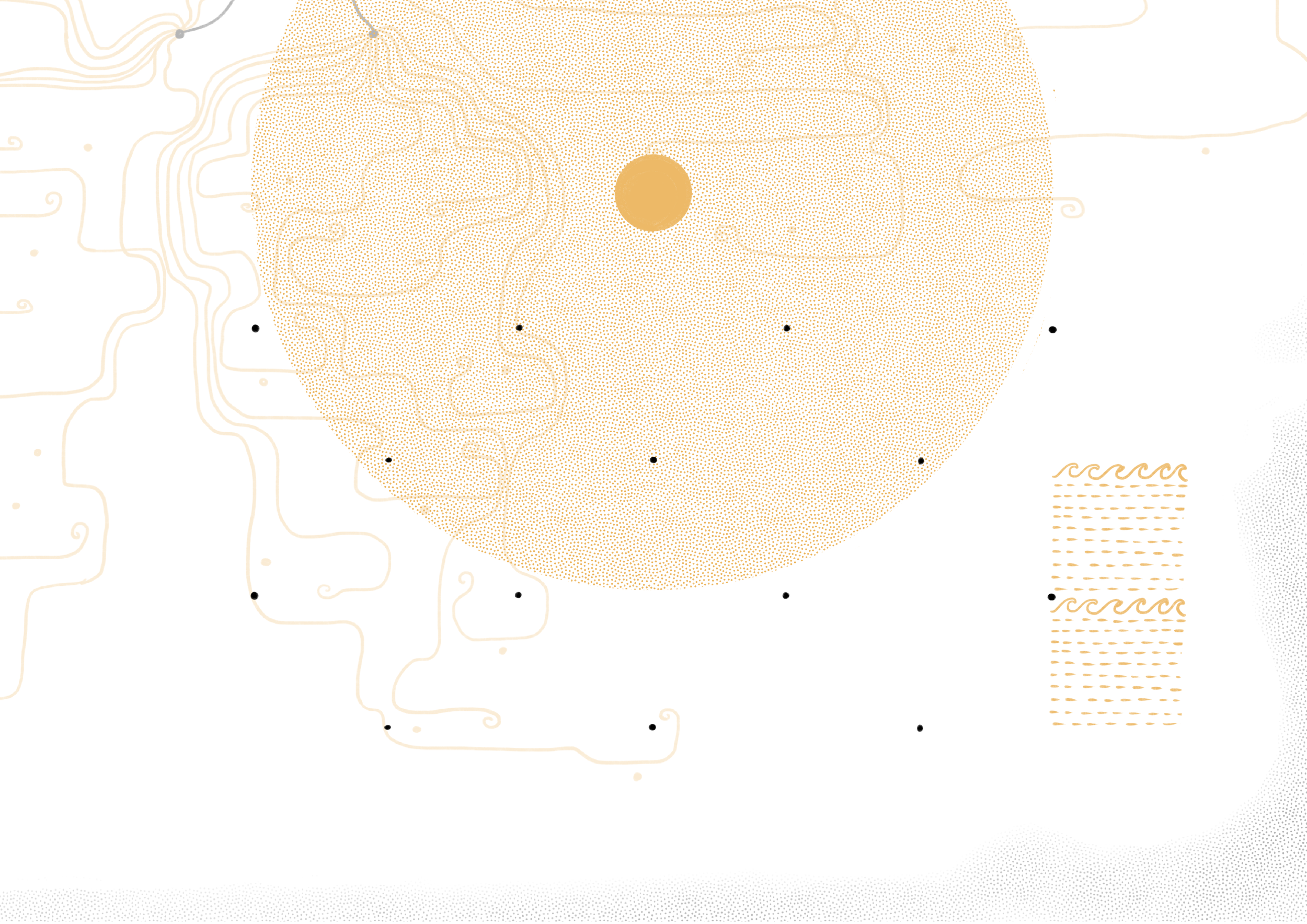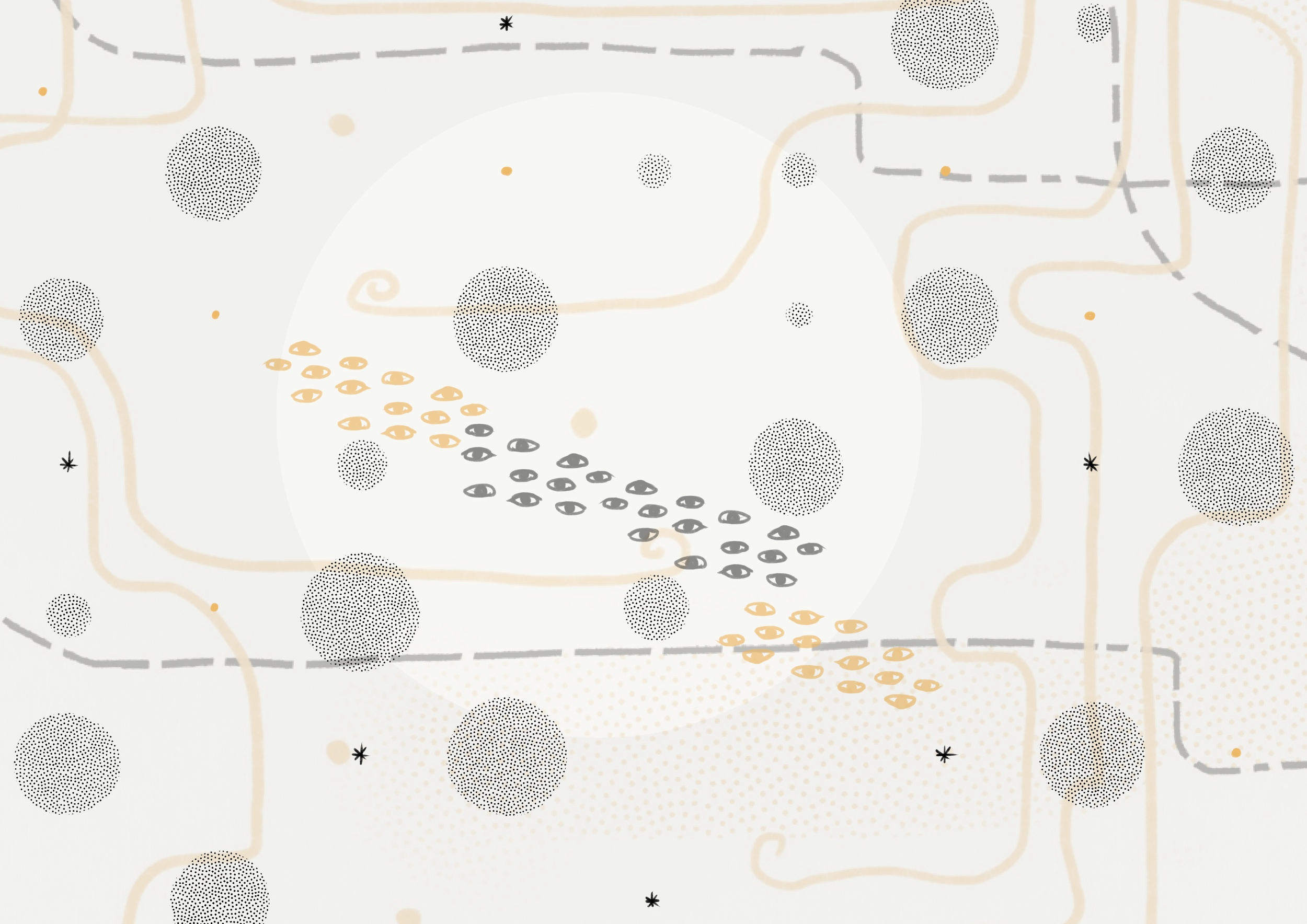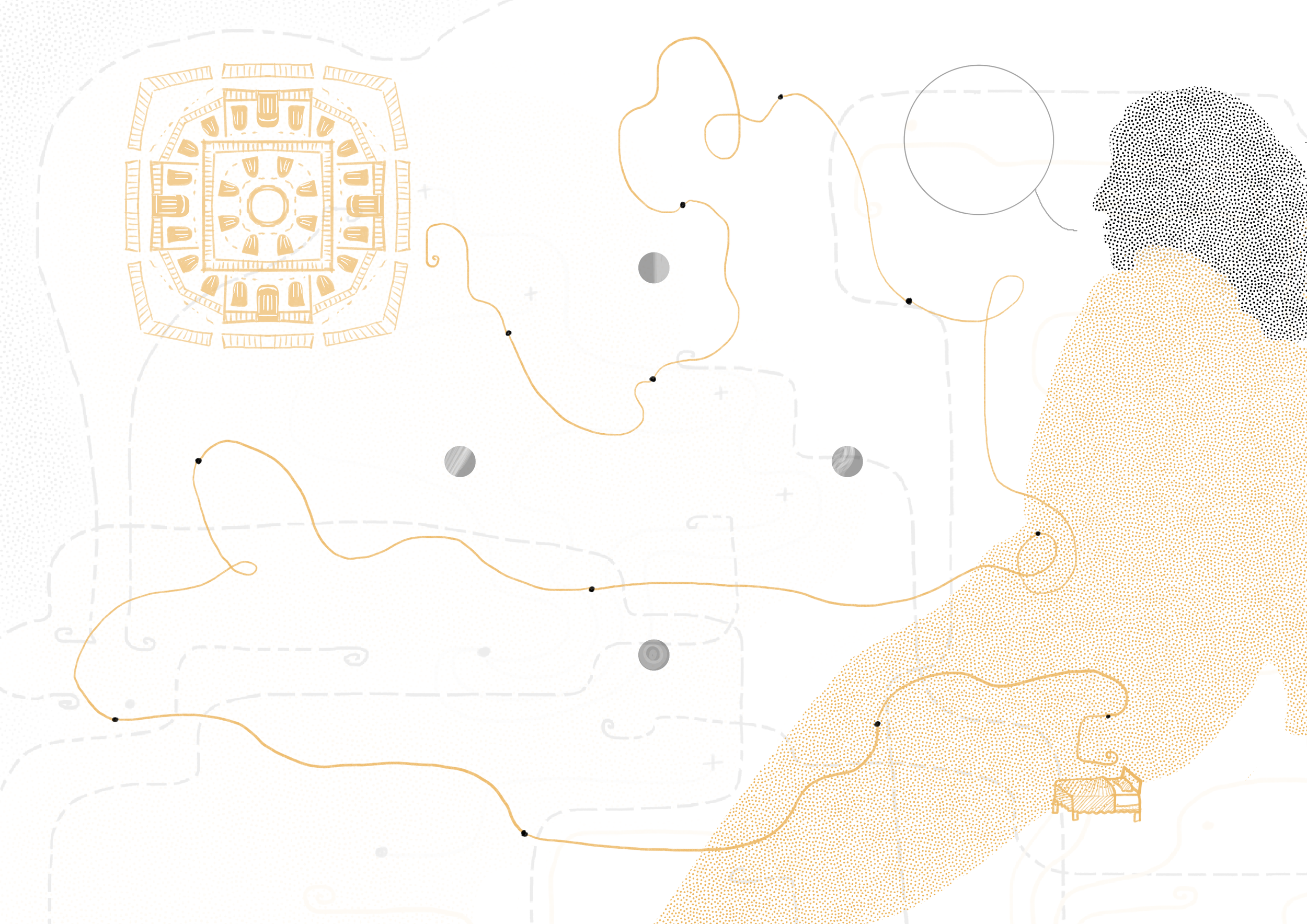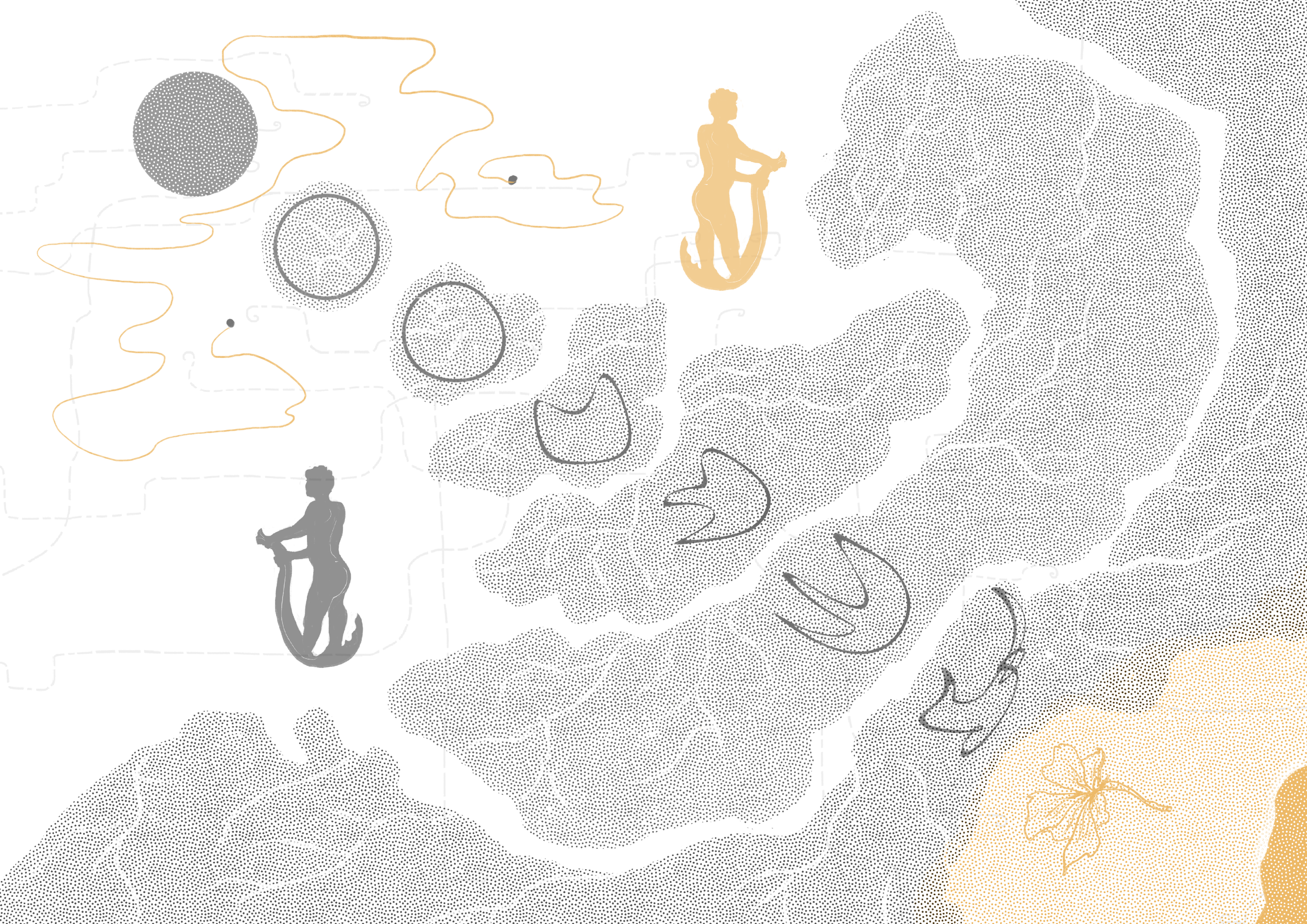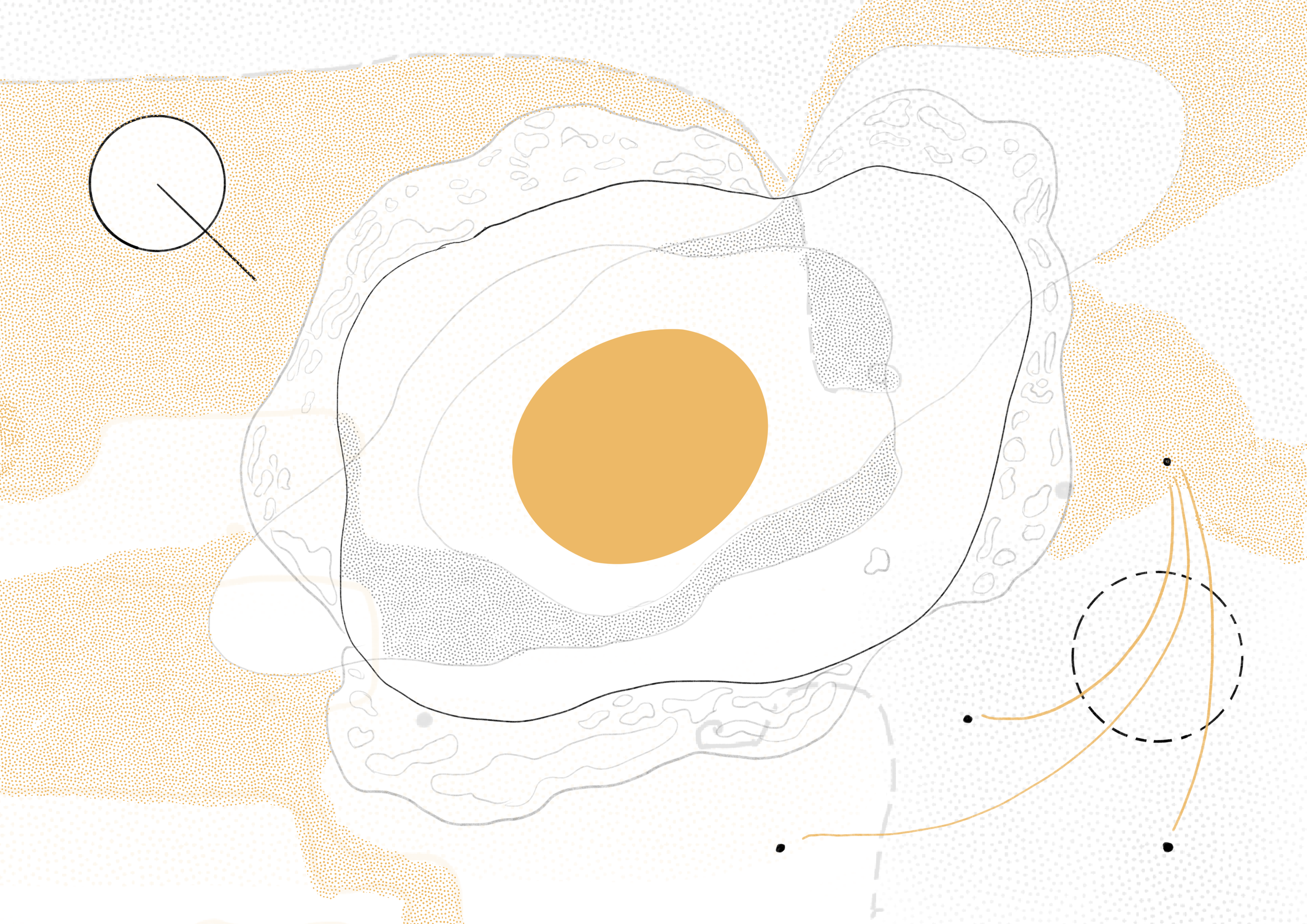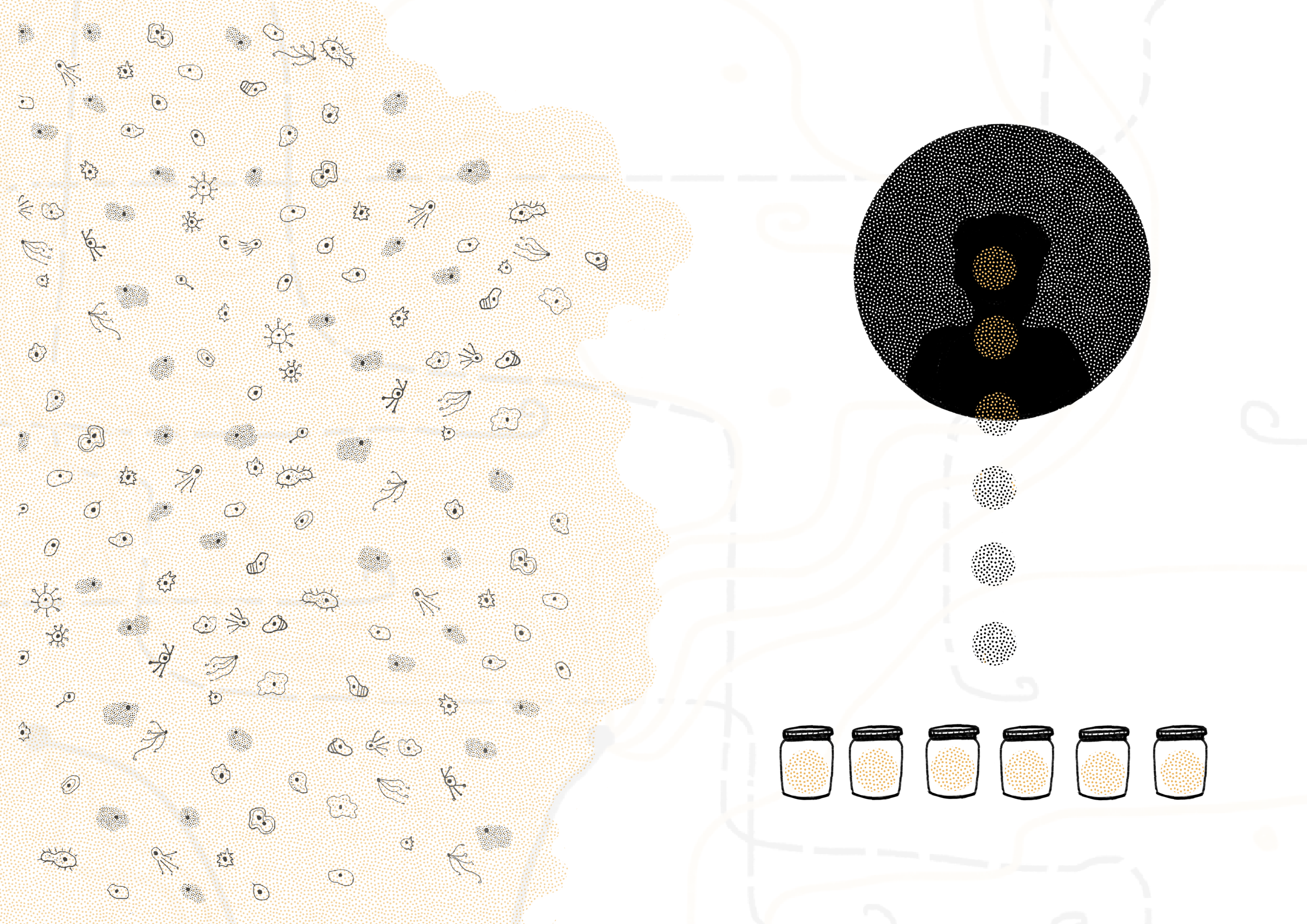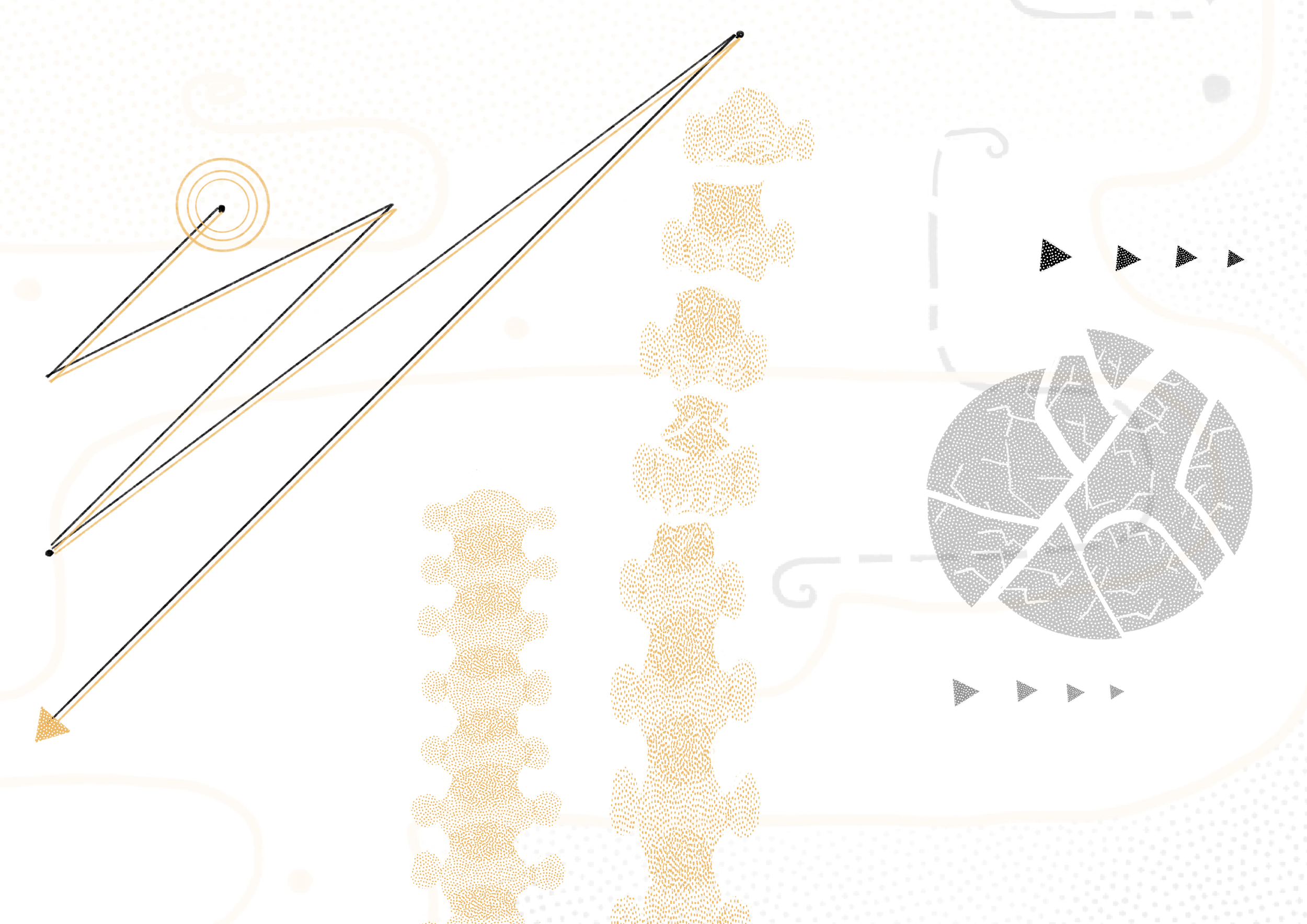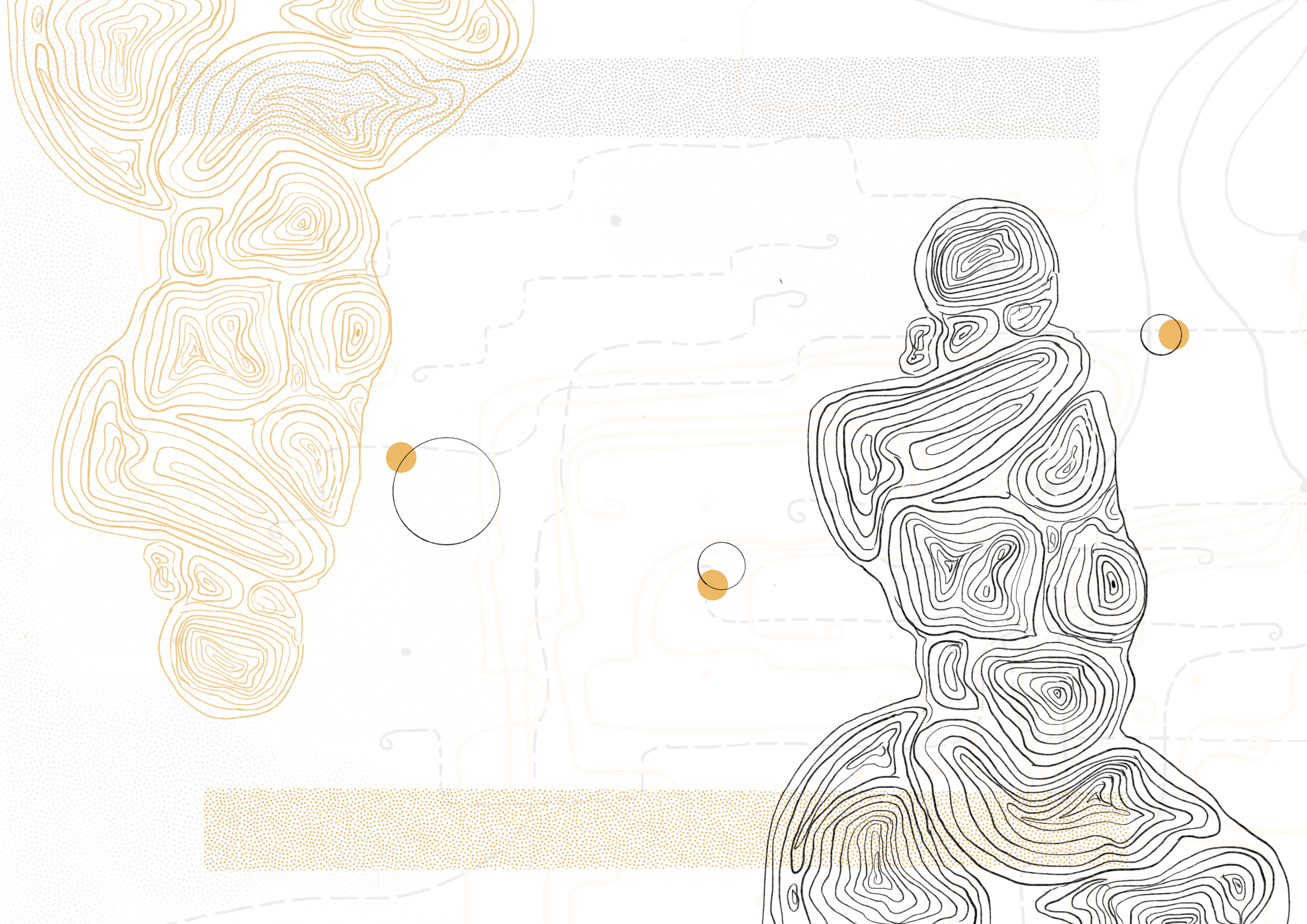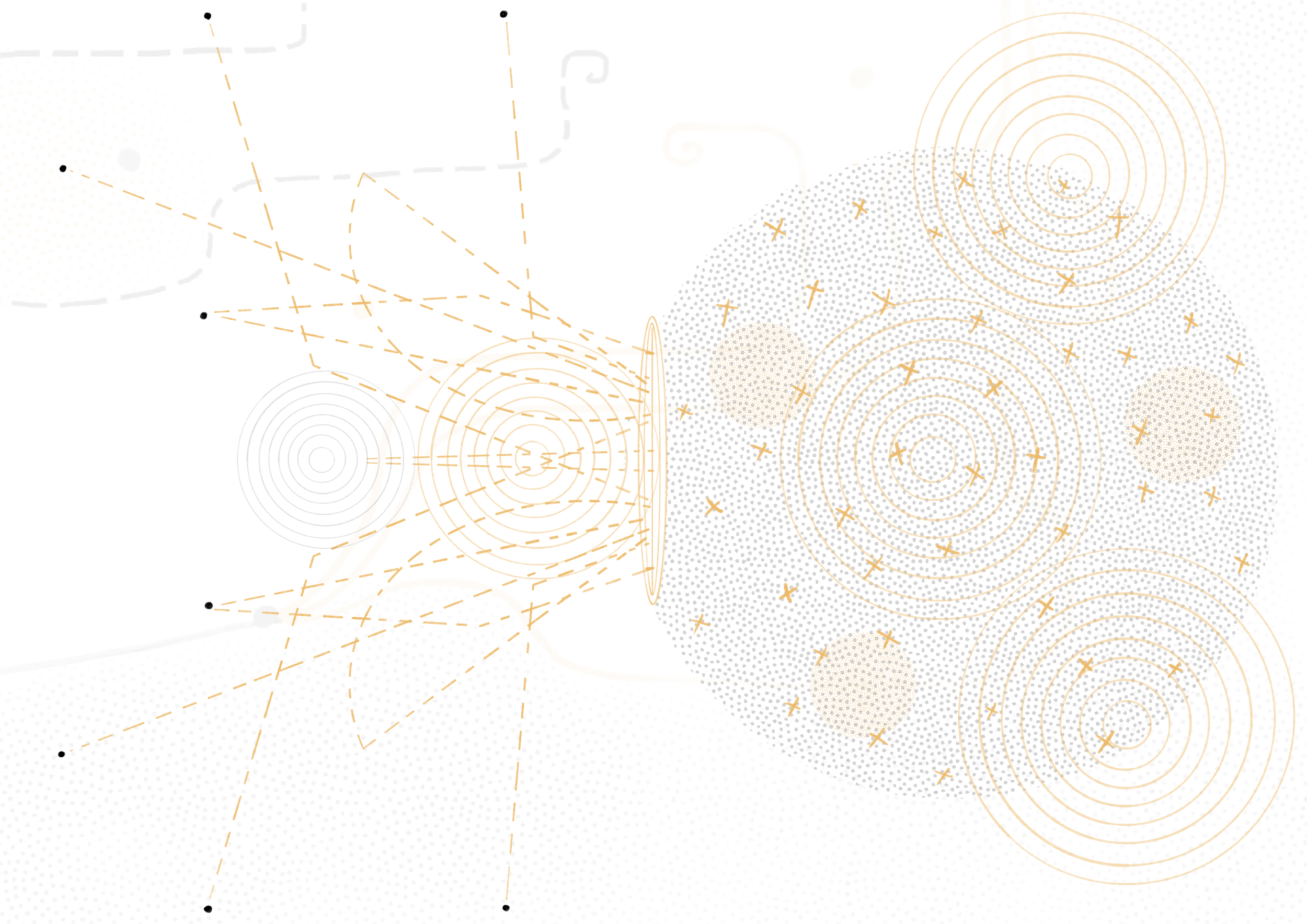NOTES FOR THE REVOLUTION: LASTING
TANIMA
The last
performance by the Zanana Ensemble is the night of March 8th 2020, at Turkman Gate. We perform in the heart of old Delhi at one of dozens of sites which add up to a historic protest. The protest, following the lead of Muslim women in Shaheen Bagh just three months before, is refusing the Indian state’s newest decree about who counts as a legal citizen. People who are Hindu count. People of other minority religions count. People who are Muslim do not count. Against this xenophobic hubris, long cultivated by Hindutva but now codified as law, a nationwide decentralized movement against the National Register of Citizens and Citizenship Amendment Act becomes a flashpoint for charting new geographies of belonging. Protect Babasaheb Ambedkar’s constitution! Free Kashmir! No country for women! No human being is illegal! Hum dekhenge! – consisting of all these slogans, and more. Consisting of hundreds of tents that house hundreds of people demonised and marginalised by the Modi regime. Hundreds of people camping out by roadsides, in public parks, and in urban neighbourhoods who have long been ghettoised by religion, caste, and capital. Hundreds of people forging new webs of connection, care and beauty through community kitchens, radical libraries, art installations. Hundreds of people improvising lessons in secularism and collective living with all their possibilities and tensions.
It is International Working Women’s Day. The protest coordination committee at Turkman Gate is trying to squeeze in some impromptu speeches into the night’s programme, which is already behind schedule. Someone presses packets of Parle-G and Frooti upon the ensemble while we rehearse, do our routine breathing exercises, and go over some last-minute notes for the show. In between, some urgent strategizing as well: one ensemble member who is running very late has to be directed to the venue, another needs hot chai to soothe a throat sore from smog and singing, yet another’s crush has unexpectedly turned up. The smell of fresh kebabs wafts around us, mingled with sounds of traffic and stray dogs. The tent that used to be at the Turkman Gate sit-in is gone – winter’s cold is fast receding after all – and the absurd glass building of the now defunct Delhi Stock Exchange looms unobstructed. But the changed layout of the sit-in also indicates a new mood of anxiety, grief and uncertainty – just a fortnight ago organized mobs of Hindu men launched vicious attacks on Muslim people and property, including protest sites, in North-East Delhi. Everyone is shaken by this. There is a feeling of impasse in the air. Nevertheless, a narrow stage has recently been set up by the railings of the medieval gate. “We won’t get on to the stage,” we tell the organisers. “If you can get us even one mic we’ll perform on the road.” That way, no one in the ensemble will topple off mid-performance and we will be surrounded by local women who, after finishing the day’s work, are sitting at the foot of the stage.
I can’t remember how the show goes. There is a scramble to give away some of our colourful ribbons to a troupe of small children afterwards, to eat (or quickly get packed for later) biryani and kebabs, to make sure everyone in the ensemble has the means to reach home safely. There is a message being circulated on WhatsApp, apparently from a doctor, about how to recognize early signs of infection by the novel coronavirus going around: if you can take a deep breath in and hold it for ten seconds without coughing, your lungs are safe. I laugh about it with a friend either the same day or soon after, for who can risk breathing freely in this city?
Breath is
what unites us until it doesn’t. Some days after our last performance as Zanana Ensemble, in the shadow of the first brutal coronavirus lockdown announced by India’s Prime Minister Narendra Modi, we debate on a group chat about what to do. Suddenly unsure about our ability to breathe together, sing together, be outdoors together. What unites us: a shared inspiration, the fearlessness of the women, young and old, who we met at every protest site. What doesn’t: that breath affirms the risk of proximity in a respiratory pandemic.
Our last performance was on March 8th, 2020. The ensemble had taken shape in January that year, after its Delhi-based director Mallika Taneja put out a call on social media for women who wanted to be part of the movement in Shaheen Bagh and other sit-ins through some kind of song-based, theatre-based performance. A group of thirty or so first met under a hazy winter sun among roses, and were led through workshops by Mallika, with support from her production team and Rajesh Nirmal, who had written a lot of the evocative poetry for the piece. Everyone was welcome – no one had to have any training in music, movement, anything. No one had to commit to being present for all the shows. And so different people – students, actors, dancers, activists, journalists, freelancers – found a way into the ensemble, contributed their own poems, taught each other songs, and devised ways of moving together that formed the final piece. What united us: access to similar networks of social and cultural capital, hope that fascist tides were beginning to turn, and a desire to do solidarity. What didn’t: organising our own bodies under the sign of ‘woman.’
Thus, beyond binaries, a femme-semble. Over the next two months our ensemble of anywhere between six to twenty-six people performed Zanana ka Zamana (The Era of the Femme) multiple times and at multiple sit-in sites all over Delhi, travelling to familiar and unfamiliar parts of the city. The arrangement of space at sit-ins conditioned what we could and could not do with our bodies. There were small platforms and makeshift stages in large tents often packed with people (women at the forefront) protesting, audiencing, going about their everyday lives in public. Much of Zanana ka Zamana therefore was us standing or sitting in one place, an animated choir using gesture, poetry, the call-and-response of a game, and most of all, song, to engage with people who were watching. There were mics, but not always. Sometimes we had three shows a day, several days in a row. Keeping voice (and a singing voice at that) agile and intact, was crucial.
Before voice and before song is breath. Inspiration and expiration. As an actor and performer I have had to learn to breathe several times over the years – breathing as a way of cultivating bodily awareness, as presence, in order to connect with co-performers and audiences alike, to speak loud and clear, as an impulse for action, as a conduit to emotion, and to soothe pre-show nerves. This is how to breathe to project and use your voice to the fullest: when you inhale, imagine the elastic dome of your diaphragm moving downward so that your rib cage expands outward and your belly swells while your lungs fill with air. As you exhale the opposite must happen as your lungs release the air, your rib cage and diaphragm relax, and your belly moves back in. Your spine remains straight throughout. This seems intuitive but is forgotten by the body. Often when tasked to take a deep breath in, a person will suck their belly in so that their chest swells and muscles in the lower region of their neck need to become active; when they breathe out their shoulders round and their chest collapses inward. While reduced lung capacity from bodily illness and injury can make for this kind of shallow, inefficient breathing, living with chronic stress and polluted air habituate short breaths as well.
“Look at how a baby breathes,” said Manipuri theatre practitioner Heisnam Tomba in a voice workshop I was once in, “and then hear how loudly it cries.” A very small person can have a very large voice, a voice that resounds. He teaches techniques to stretch breath and make voice from its vibrations that are felt deep in the belly, the chest, the throat, the mouth, the nose, and even the top of the head. All of these corporeal sites produce different qualities of sound and variations in tone. This requires no special pre-existing talent, only attention and practice. Breath makes voice. It is possible to throw your voice without yelling and straining it if you breathe in a way that uses the full capacity of your lungs. What unites us: lungs. What doesn’t: structures of debilitation that extend into the lungs of some and not others. Like the young women from Bhalaswa’s landfill (site of frequent methane fires) who coughed every time they chanted slogans at the Jahangirpuri protest sit-in; like sanitation workers all over India who are disproportionately Dalit and who die from inhaling noxious fumes cleaning all our filth; like the lakhs of poor and labouring people who still get sick every year with tuberculosis in the Global South; like the “I can’t breathe” of systemic racism in the US; like the vaccine apartheid that still exacerbates the coronavirus pandemic everywhere.
But perhaps the hierarchy of that which unites us (assumed to be good) and that which doesn’t (assumed to be bad) can be complicated in the idiom of group singing, which we did a lot of in Zanana ka Zamana. In order to sing a song without gaps we had to stagger our breathing, so that too many of us did not pause at the same time just to take a breath, amplifying breath-taking moments unnecessarily. Sometimes staggered breathing happened naturally according to the specific rhythms of individual singers. However, sometimes we had to intentionally chart out different moments in which to breathe. Choirs use this technique so that the overall sound goes on while individual singers are able to take imperceptible breaths. Not breathing together is what enables singing together. Breath is what unites us until it doesn’t, and sometimes that interplay makes for a lasting melody.
In the body
is where my reluctance to pursue Hindustani classical singing as an eight-year-old manifested. I could sing, but something about the small town Gandharva Mahavidyalaya music school my parents sent me to stifled my enjoyment of music. I would drag my feet and be late to class, feel a foreboding in the pit of my stomach when I had to ‘by-heart’ and recite the various thaat, taal, vadi, samvadi and who knows what else for twenty ragas when I had no idea what any of it actually meant. If a student happened to be singing off-key or was unable to reach a high note they were required to get off the mat where everyone would normally sit cross-legged facing the teacher, and onto the cold, hard floor by the door. This could have just been to get the student closer to the harmonium and thereby the correct note. But because no one offered an explanation for why, it seemed like a punishment, being banished from the rest of the perfectly-in-tune class. Now I know that what is known today as Indian classical music was reinvented by nationalist Hindu elites as a coherent form of ‘high’ culture in the early twentieth century. V.D. Paluskar’s network of Gandharva music schools was an integral part of this brahminical enterprise. [1] Of course I can’t attribute my personal dislike of classical singing that persists as hazy fragments in my memory, entirely to this general history in retrospect. But it goes some way to explaining why the norms of pedagogy and aesthetic discipline I encountered in that space (thankfully only for two years!), even in my privileged savarna body, were off-putting.
In Hindu mythology, the Sanskrit word sura literally refers to the divine – to the devas, or gods – while in everyday Hindi it denotes melody. The asuras are the siblings and enemies of the suras, and are ambiguously reviled as demonic figures in the Puranas. They attain villainous clarity in subsequent texts like the Bhagavad Gita, whose suras need to vanquish them in order to restore the moral harmony of the universe. [2] In tracing historical and sociological trajectories of caste oppression, Ambedkar reads this sura vs. asura allegory as an ideological effort to assert Vedic Aryan supremacy upon non-Vedic Asura peoples, similar to the Nagas, Dasas, and Dravidians. [3] If the casting out of the besura (those ‘without tune’ - as in my music class all those years ago) and of the asura alike produces the terrible order of sura – in art as in life [4] – I’m interested in enlarging what its worldview can only hear as undesirable dissonance. What forms can pedagogical training and rigour take outside of hierarchical, normative disciplining? Even while any work of art demands labour, and involves some measure of crafting, honing, becoming, how can we learn to sing in dark times? [5]
Traditions of folk music [6], of people’s music associated with left movements [7], of song within anti-caste movements [8], and more recent countercultural hip-hop [9] all have different, and sometimes overlapping, approaches to these questions. For a month or two many years ago, I sang with the SOAS World Music Choir in London led by Judith Silver, which first got me thinking seriously about the form of group singing. Having witnessed Judith’s joyful commitment to teaching just about anyone who turned up, and now from the vantage point of Mallika’s generous open call for setting up the Zanana Ensemble, I offer this understanding: in the form of community choir – group singing open to everyone – there is no person who cannot sing under the right conditions. The conditions are important, for you can hear far too many jagratas blasted on loudspeakers as proof that people’s raw, unfocused voices can be pretty grating. When I say everyone can sing I don’t mean that all aesthetic judgement must be suspended, for bad singing still exists (the Zanana Ensemble had screechy days, pitchy days, slow days). But bad singing is not a lasting attribute of any performing body.
Lasting
as a group, lasting as a group singing a song, holding a lasting note, the lasting of a revolutionary moment. The -ing is a suffix of enduring rather than an end. The body makes for breath, breathing makes for the persistence of voice and its volume, and staggered breathing in a group makes for the persistence of song. So far so good. Two skills community choirs additionally involve are listening and blending in. Few people are genuinely tone deaf, but it takes practice to distinguish pitch, to match a note, to pick up a tune, and to keep the beat. Prior ability is fine (though glossing it as innate, ahistorical genius is the cunning of brahminism, of merit). But it is practice which is indispensable. We had just two months of intensive practice and performance as an ensemble, with singers and non-singers alike. Learning to sing involves listening, and in a choir it took collaborative effort. It required the ears of every single performer in the group to travel and be attuned to the group’s different sounds and tones while their body was planted in place. It also required someone on the outside to listen, direct, and offer feedback when the song slipped away from the singers. We increasingly did this in rotation in the Zanana Ensemble, especially before a show, with one or two people stepping outside to listen to the rest of the group rehearse. Soon first-time singers (who identified as non-singers) could also hear when a note was off.
Listening is an action, not something that passively happens in the gaps between action. While singing as a choir with parts and harmonies, listening is the difference between the chaos of unintentional cacophony and seamless polyphony. It is through listening that new textures of air and flavours of sound emerge out of a polyphony of many voices in concert. A chorus holds such glorious variety. While performing in close proximity to others, there can be the temptation to just belt out your part and be done with it, or lip-sync for fear of dragging everyone else down with you. But if active listening and singing are simultaneous, then a minor miracle becomes possible: everyone’s voices, breathing variously, singing variously, containing many vital rhythms blend together without becoming reduced to one. A song comes alive.
It is in this state that it ceases to matter whether one individual sings well, for the overall musical quality of the group averages out. Average suggests an abstract mathematical uniformity, so I don’t quite mean that. But with patience and practice, a choir tends towards beauty. When voices are blended – which comes with practice – no one singer dominates or stands out, and moments of both individual talent and failure become irrelevant. This, for me, is a way to refuse the tyranny of sura defined as one person’s pitch perfection and excellence. Instead, it is an imperfect group leaning on each other that makes for beauty. High notes suddenly become more accessible – voices around you help you reach for them. With low notes too – other voices around you become a scaffolding for support. You are held by so many voices in a melody that your own opens up and becomes more flexible; you stretch as you endeavour to listen, to blend into tune. When there are notes you can’t quite sing, others exist to pick them up. Your part is no less significant than theirs.
The whole point of singing in a group, as a choir, is that there is room for people of different vocal ranges. Not only room for, but a need for people with different vocal ranges to give depth, body and sparkle to a song. And somehow the sum of individual performers’ abilities ends up being greater than the parts that make it up. Everyone in the Zanana Ensemble with their unique voice was irreplaceable. Yet when the show had to go on without the full group present, which increasingly happened towards the end, an ensemble of six could redistribute and take over the parts of twenty-six. A paradoxical experience, because the smaller the ensemble, the more energy everyone performing had to put in. There was nowhere to hide. At the same time a taut ensemble also made it easier to follow each other’s small cues and to focus together on holding a note without leaving any performer behind. So we shapeshifted, improvised and filled in gaps. When those who had been away came back, we taught them new arrangements of songs and poems that had been added in their absence.
I don’t mean to romanticise, for it was also difficult, painful, and plain inconvenient at times. All of it – snatching time between busy schedules to rehearse; lying to strict family members and colleagues in order to be able to perform; navigating late-night commutes; the sheer physical exhaustion inevitably brought on by intensive travelling and performing amid the ups-and-downs of the movement; everyday squabbles; differences in politics amongst the ensemble; differences in people’s proximity to structural violence from within and outside the ensemble alike. Musically too, sometimes intricately practiced harmonies fell through because mic arrangements amplified only one part and not the other, or a too-high or too-low starting note by someone threw off a whole song (I’ll admit to being the someone who occasionally caused frustration like this). Having multiply gendered voices in the femme-semble also meant that finding the right pitch or the right octave was never a given, was a constant struggle, a work in progress. Through the good and the bad, to sing in a group is to be routinely unsettled by learning, to see wealth in dissonance and to do intimacy with strangers. Sometimes they are friends, kin, lovers, comrades, and sometimes they are not. Either way, their strange-ness, frictions and all, is part of the praxis of singing together.
What helped sustain us were our audiences, the love we received from women who had been protesting with grace for days on end, and organisers who took care to feed us. The movement gave us life. It made spaces for cohabitation, for brief, startling glimpses into where the fault lines of this carceral world could be found. Like so many other artists, we also helped sustain our audiences in the long days and nights of protest, with all its insurgent knowledges and states of exhilaration, resolve, even boredom and despair. When the lockdown began in March 2020, I mourned the end of the movement and desperately missed singing in it. Group singing is the closest to communism I have ever felt! I would joke. I still find this funny, and my feelings of loss give me pause today when Hindu fascism threatens to drown us out with its sounds of bulldozers, its swift, silent and persistent midnight arrests in Shaheen Bagh and elsewhere, its thali-banging nationalism.
How to make a lasting revolution? I don’t know. How to strike a lasting note, sing a lasting song? Like so.
References
[1] See chapter 4 of Janaki Bakhle’s Two Men and Music: Nationalism and the Making of an Indian Classical Tradition.
[2] See Devdutt Pattanaik’s ‘Good deva-bad asura divide misleading,’ and Raghunath Ghosh’s Sura, Man and Society: Philosophy of Harmony in Indian Tradition for a harmonising of morals and aesthetics in the register of sura.
[3] See B.R. Ambedkar’s The Untouchables: Who Were They and Why They Became Untouchables?
[4] For more on the sura-asura binary as it straddles these domains in contemporary politics see Y. Srinavasa Rao’s ‘Asura in Postmodern Times’ and Reju George Mathew’s ‘Asura Week, Pride and a Few Reflections.’
[5] Bertolt Brecht: ‘In the dark times/ Will there also be singing? Yes there will also be singing./ About the dark times.’
[6] See the Bhakti, Sufi, and Baul artists documented by Ajab Shahar; the music of the Imphal Talkies; Zanaan Wanaan.
[7] See Sumangala Damodaran’s The Radical Impulse: Music in the Tradition of the Indian People’s Theatre Association; Gaddar’s Tharagani Gani (translated into Hindi as Aseemit Gaan Khan and serialised in Aamukh issues 30-36 here); the music of Relaa.
[8] See groups influenced by Ambedkarite shahiri such as Kabir Kala Manch, Samata Kala Manch and Yalgaar; the gaana artists of The Casteless Collective.
[9] See the music of Mejied Kyrpang; Pasha Bhai; Irfana & Taslina.
Based between Chicago and Delhi, Tanima acts, makes theatre, teaches, and works on a PhD on the entanglements of labour and caste in Haryana-Punjab
